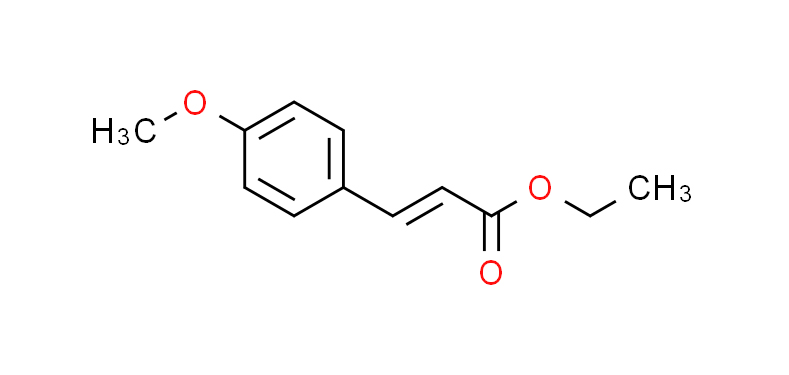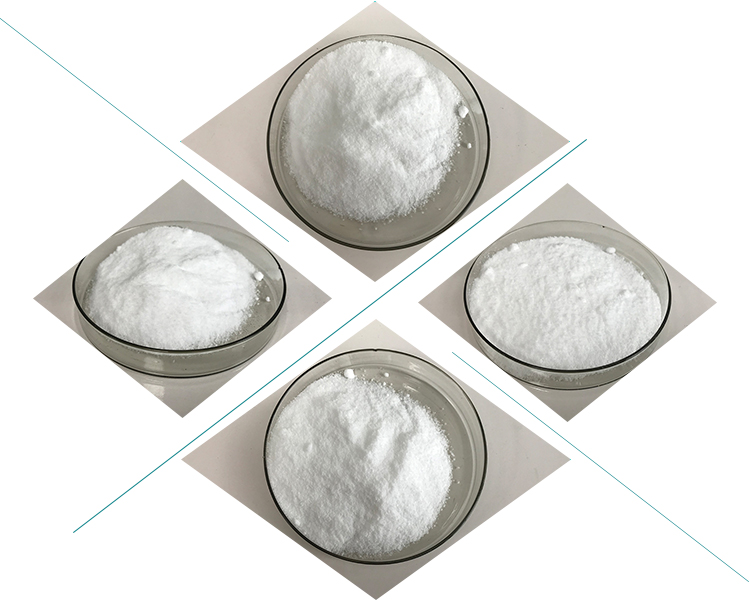Avobenzone is a chemical compound commonly used in sunscreens as a UV filter. Here is some information about its chemical structure and physical properties:
Chemical Structure:
Avobenzone’s chemical name is 4-tert-Butyl-4′-methoxydibenzoylmethane.
Its molecular formula is C20H22O3.
The chemical structure consists of a dibenzoylmethane backbone with a tert-butyl group and a methoxy group.
Physical Properties:
Appearance: Avobenzone is a yellow-orange crystalline powder.
Melting Point: It has a melting point of approximately 81-86 °C.
Solubility: Avobenzone is practically insoluble in water but is soluble in many organic solvents.
UV Absorption:
Avobenzone is known for its ability to absorb UVA rays in the range of 310 to 400 nm.

Photostability:
One limitation of avobenzone is its lack of photostability. It tends to degrade when exposed to sunlight, leading to a decrease in its UV-absorbing capacity.
Usage:
Avobenzone is widely used in sunscreens to provide protection against UVA radiation, which can contribute to skin aging and other harmful effects.
It’s important to note that while avobenzone is effective in protecting against UVA rays, formulations often include other UV filters to enhance overall sun protection and address the photostability issues associated with avobenzone.
Efficacy and Effects of Avobenzone
Avobenzone is a common ingredient found in many sunscreens and is used to absorb and filter ultraviolet (UV) rays from the sun. It is a chemical sunscreen agent that primarily protects against UVA rays, which are responsible for skin aging and can contribute to the development of skin cancer.
Here are some key points about the efficacy and effects of Avobenzone:
UV-A Protection: Avobenzone is effective in absorbing UVA rays, providing protection against long-wave ultraviolet radiation. This helps prevent premature aging of the skin, such as wrinkles and fine lines.
Stability: One challenge with Avobenzone is its instability when exposed to sunlight. It can degrade over time, losing its effectiveness. To address this issue, manufacturers often combine Avobenzone with other stabilizing agents or use it in formulations that enhance its stability.
Broad-Spectrum Protection: While Avobenzone primarily protects against UVA rays, it is often used in combination with other sunscreen agents to provide broad-spectrum protection. This ensures coverage against both UVA and UVB rays.

Cosmetic Formulations: Avobenzone is commonly used in various cosmetic formulations, including lotions, creams, and sprays. Its compatibility with other sunscreen agents makes it a versatile component in sun protection products.
Photoallergic Reactions: Some individuals may experience photoallergic reactions to Avobenzone, resulting in skin irritation. If you have sensitive skin or a history of allergies, it’s advisable to perform a patch test or choose sunscreens with alternative ingredients.
FDA Approval: Avobenzone is approved by the U.S. Food and Drug Administration (FDA) for use in sunscreens. The FDA establishes guidelines for sunscreen efficacy and safety, and products containing Avobenzone undergo testing to meet these standards.
It’s important to note that while Avobenzone is widely used and considered safe for most people, individual reactions can vary. It’s recommended to follow product instructions, apply sunscreen generously, and reapply as needed, especially after swimming or sweating. If you have specific concerns about sunscreen or skin health, consulting with a dermatologist is advisable.
